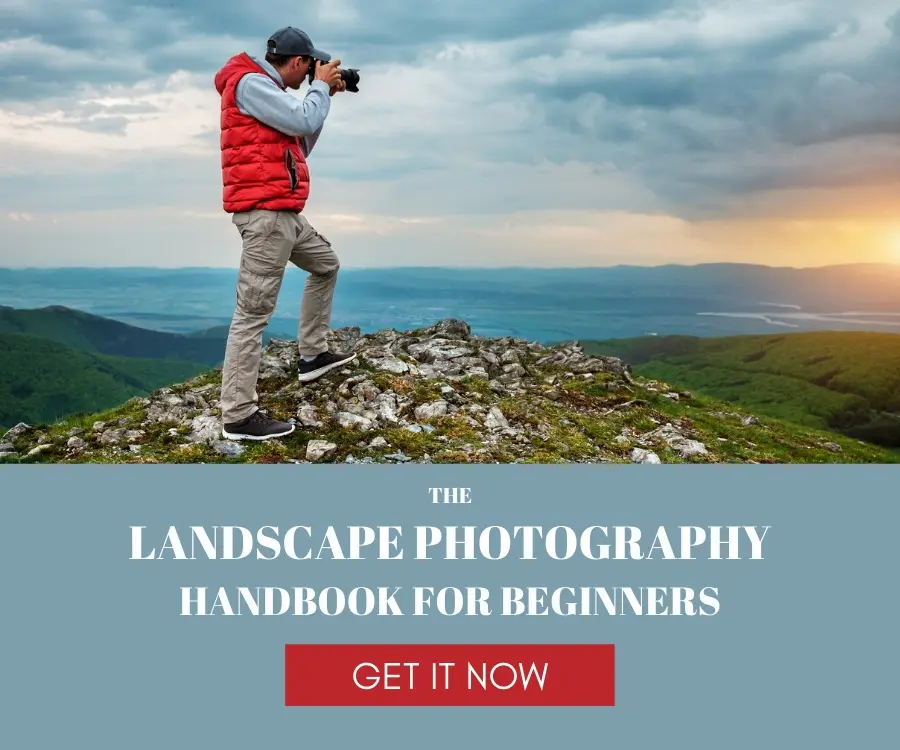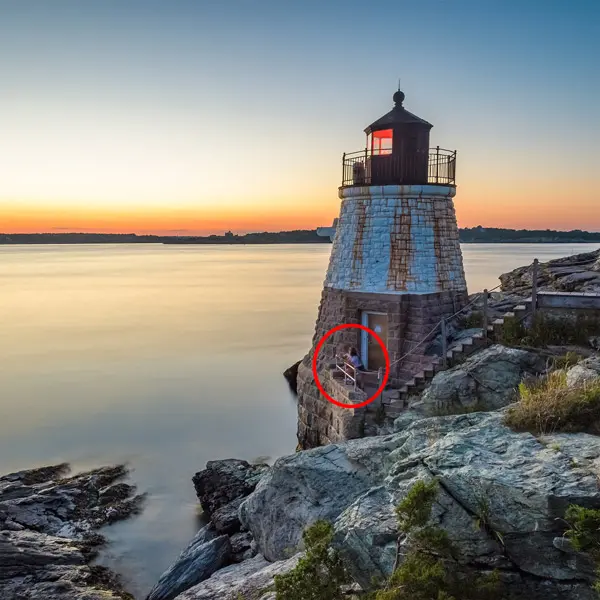10 Essential Landscape Photography Composition Tips For Better Shots
How do you compose your landscape shots to give them more impact? Here are 10 landscape photography composition tips that will make your photos stand out from the rest.
1. Use The Rule Of Thirds
One of the first landscape photography composition rules everyone learns is the Rule of Thirds. By placing your subject off center in your frame, you create more interest for your viewer.
Use either the top and bottom or left and right grid lines as a guide. Or you can also use any of these intersecting lines for better photography composition and framing.
2. Place Something Interesting In Your Foreground
Placing something interesting in the foreground of your frame is one of the quickest ways to create more impact in your nature photography composition. It gives the viewer’s eyes a starting place from which they can be drawn further into your photograph.
To make a really big impact, you can use hyperfocal distance to make everything from the foreground to the back of your frame in tack sharp focus. This will make the viewer feel like they can walk right into your photo.
3. Use Leading Lines To Draw Your Viewers Eye Into The Frame
A leading line is any straight or curved line that draws your viewer’s eye further into the frame. Examples include rivers, roads and even a line of trees or flowers. To take this a step further, make good use of symmetry in photography to create extra interest.
4. Level Your Horizon
One of the most common mistakes in photography composition is not leveling your horizon line. Your audience will feel like they’re on a leaning ship if they see the a crooked horizon. Even if you mess this up in-camera, you can still use tools in Lightroom like the Straightening Tool to level everything up.
5. Frame Within The Frame
One of my favorite landscape photography composition tips to use is creating a frame within a frame. This is the art of using things like an archway or even a tree branch to create a separate frame inside your photo.
6. Find Patterns & Textures To Make Your Shot More Interesting
The human brain loves patterns and textures. So one of my favorite landscape photography composition exercises is taking a couple of minutes to look for them before I start shooting.
The next time you’re on a nature photo shoot, force yourself to look around more closely to find things that would be interesting to your viewer. Repeating patterns like trees in a forest or a rope of chains are great patterns to photograph. So are textures like ripples in the sand or the rough edge of a piece of wood or the flowing mane of a horse.
7. Leave Negative Space
Negative space is the space that surrounds the main subject of your photo. Seeing just the cables of the Golden Gate Bridge on a foggy day is a great example of this. So is a starfish surrounded by sand.
Leaving negative space is especially important if you want to license your photos to sell. Advertising agencies need that negative space to insert their own text.
8. Fill The Frame With What’s Important
The golden rule of photography composition for beginners is to fill the frame with what’s important. Landscape photography is often thought of as rolling hills and mountain tops. But there are other subjects in nature such as animals and plants that deserve their closeups.
When you choose to photograph those subjects, make sure one of the compositions you take fills the frame with that subject.
9. Be Aware Of What’s Inadvertently In Your Shot (Like People)
As a landscape photographer, it’s easy to get caught up in the moment. You find a great composition and you put your blinders on to other things like power lines or people milling about in the background.
Don’t get so caught up that you neglect to wait for people to pass or turn your camera lens to remove unwanted objects. The more undesirable elements you can remove from your composition now, the more time you’ll save yourself while post processing in Lightroom and Photoshop later.
10. Change Your Point Of View
Finally, one of the most important landscape photography composition skills is to change your point of view. Don’t just zoom in and out to change things up. Use a table top tripod to get ultra low angles. Or perch yourself up high and shoot down on your subject.
Just move around!
You’ll be surprised at the shots you didn’t even know were there if you just use your feet to move positions.
Your Favorite Landscape Photography Composition Tips
Question: What are some of your favorite landscape photography composition tips.
Share them with everyone in the comments below.
Happy shooting!







